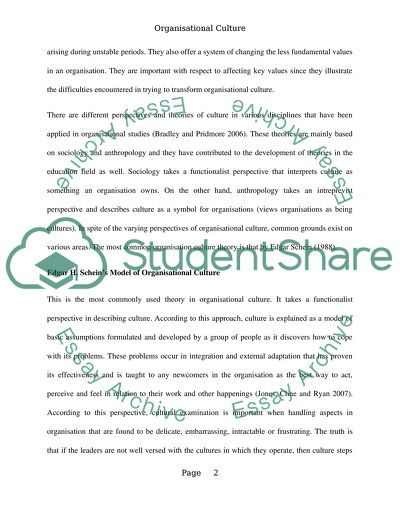Cite this document
(“Management in Organisations Essay Example | Topics and Well Written Essays - 3750 words”, n.d.)
Retrieved from https://studentshare.org/environmental-studies/1421161-management-in-organisations
Retrieved from https://studentshare.org/environmental-studies/1421161-management-in-organisations
(Management in Organisations Essay Example | Topics and Well Written Essays - 3750 Words)
https://studentshare.org/environmental-studies/1421161-management-in-organisations.
https://studentshare.org/environmental-studies/1421161-management-in-organisations.
“Management in Organisations Essay Example | Topics and Well Written Essays - 3750 Words”, n.d. https://studentshare.org/environmental-studies/1421161-management-in-organisations.


